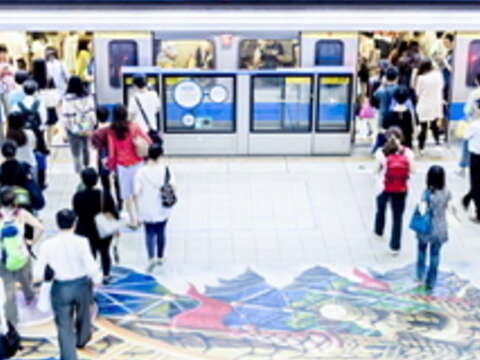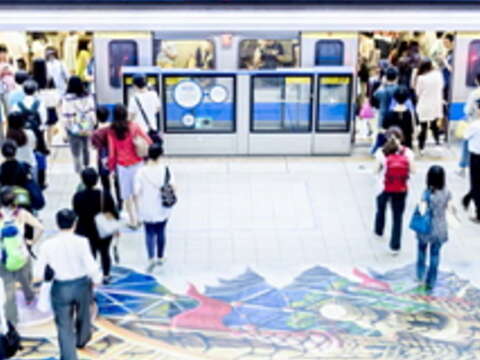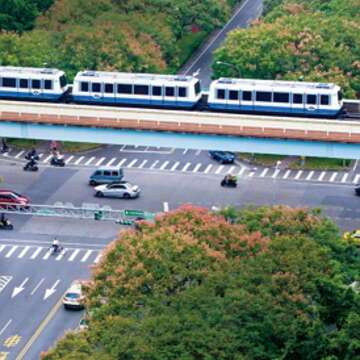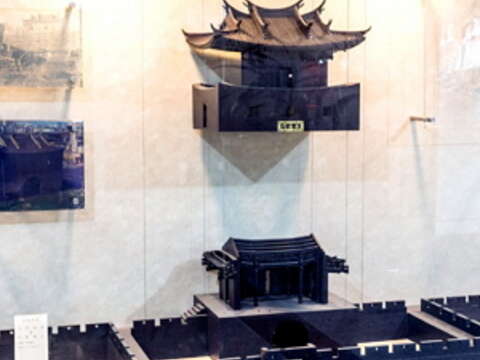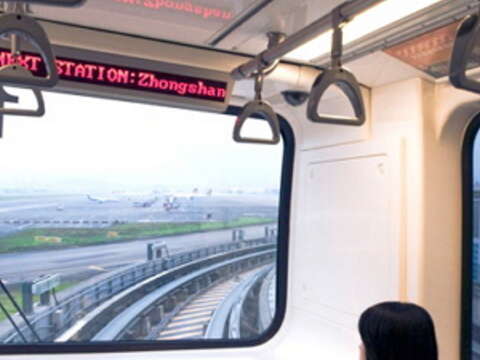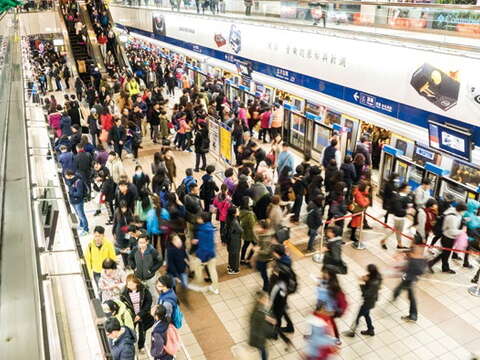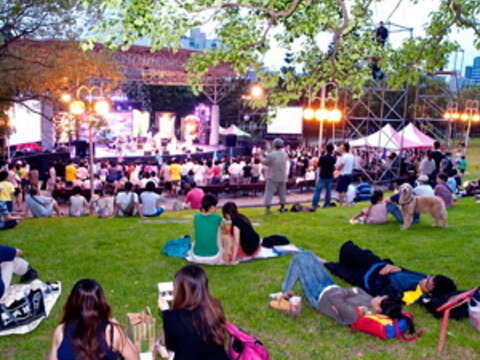Post date:2016-03-16
Updates:2016-03-16
Press bureau:Taipei City Government
2867
The Unique Beauty of the Taipei Metro
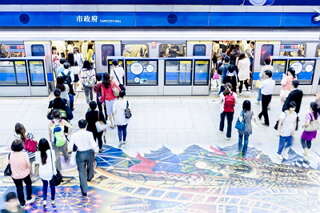
In terms of global mass rapid transit systems, the Taipei Metro, or simply the MRT, which turns 20 this March, is a relative newcomer. The world’s first city to boast a rapid transit system was London. In 1863, it inaugurated the first line of the Metropolitan Underground Railway. This was followed by the New York Subway in 1868 and the Subterraneo de Buenos Aires in South America in 1913. In 1927, the Tokyo Subway became the first of its kind in Asia. North Africa’s initial operating route was the Metro Anfaq al-Qahirah, which opened in 1987. The MRT is the 124th subway system to be built, making it one of the youngest among the major cities in the world.

The MRT is quite new. This is a fact. However, although it is young, it still has its own distinctive character. If we are willing to dig a bit deeper, we will discover that it also has depth and unique power to fascinate visitors.
Compared to the experience of passengers in Europe and North America, the MRT is a rare example of a public transportation system with sustained popularity and vitality. Of course, there are peak periods and off-peak periods in terms of numbers of passengers, but the difference is not as marked as in other “advanced” cities. During the Japanese era, the blueprint for the planning of Taipei’s development was more or less decided. Although, there was an influence of European and North American urban planning concepts, such as zoning, the Japanese had a certain level of tolerance toward the mixing of residential and commercial areas. Zoning was not strictly enforced and mixing of zones was sometimes even given tacit approval. From another perspective, Taiwan’s urban management has always been based on the practice of “legal at the local level.” Over time, this has resulted in the formation of night markets and nightclubs, and these sorts of activity areas are in a little bit of a regulatory grey area. In the past, they were denounced as city development “problems.” But, in the 21st century, the new ideas of this era have reminded us to open our eyes and realize that what was originally thought of as “varied” or “mixed blood” is actually healthy for a city. If a city has people participating in various activities from early to late and if people are using the transportation network for various purposes from early to late, then the average user rate is high and the costs are low, resulting in more prosperity and opportunities.

Prosperity and opportunity also come from Taipei’s geographical advantages. Taipei is both well situated and surrounded by hills and water. With the opening of the MRT, now no more than a 45-minute ride is required to leave behind the hubbub of the city and experience nature, such as river banks, seashores and hills. Residents of other advanced cities who spend every day commuting in a mire of traffic cannot imagine that after work, if the residents of Taipei are up to it, all they have to do is hop on the MRT for an outing. Then, after three-fourths of an hour, they can be in a high place looking down on our city and reciting the lines of Cheng Chou-yu (鄭愁予)’s emotional poem.
Irreplaceable, unique scenes pass outside the windows. My personal preference is for the Tamsui Line (淡水線). After leaving the fourstation underground section from the Taipei Main Station, there is a quick ascent onto an elevated section past Minquan Road. From here, it is possible to admire scenes of hillsides and water surrounding the Yuanshan (圓山), Jiantan (劍潭), Zhishan (芝 山), Beitou (北投), and Guandu (關渡) stations. At Hongshulin (紅樹林), the elevated section gradually transforms into a ground-level section which runs all the way to the terminal station, Tamsui. There is dramatic variation in the heights of the various sections, lighting, views, scenery and moods, much like the changeability of urban life.
History and Culture of the MRT
If we think about it carefully, in addition to geography and scenes of hills and water, the MRT brings history and culture to our lives. From 1920 to 1925, Japanese artist Gobara Koto (1887-1965) created exquisite gouache paintings of Taipei’s major scenic spots. These included some of Taipei’s 12 famous scenes of that time, such as Bitan (碧潭) along the Xindian River (新店溪), the Tamsui River (淡水河), Guanyin Mountain (觀音山), Mingchi Bridge (明治橋), Taipei Botanical Garden (台北植物園), Taipei New Park (台北新公園), water source site, Longshan Temple and Office of the Governor- General of Taiwan (總督府). Today, we can ride the MRT to visit these historical places, as well as other scenic spots, both old and new, such as the Beitou hot springs area, Taipei Zoo, National Taiwan University (國立台灣大學) campus, Daan Park (大安森林公園), Chiang Kai-shek Memorial Hall, Dadaocheng (大稻埕), Xiaobitan (小碧潭) and Dahu Park (大湖公園). That is most likely the reason that the MRT is busy both on weekdays and weekends. Perhaps the mood is different, but there is not so much of a discrepancy between passenger numbers on crowded weekdays and empty weekends as there is in many other cities.

From my point of view, the MRT is rich in history, memories and fascinating stories. To give an example, the name of the Qilian Station (唭哩岸站) along the Tamsui Line comes from the pronunciation of “ki-zing-an” from the indigenous Basay tribe. This was the name of the location during the time of Dutch rule. Following the arrival of the Kuomintang to Taiwan, the name was changed to Linong (立農) and Jili (吉利). The use of Qilian is a restoration of the former name and a warm gesture toward redressing history.

In addition, there are Jiangzicui (江子翠), Li u zhang l i (六張犁), Huzhou (葫洲) and Luzhou (蘆洲), etc. These are distinguishing features of the MRT and also parts of Taipei’s and Taiwan’s history.
This March, the MRT celebrates its 20th anniversary. At the age of 20 it is considered very young. It is not among the first rapid transit systems to be built, but it does possess a sense of history. Due to its cultural and geographical characteristics, it also possesses many unique characteristics. These distinguishing aspects are part of the unique beauty that is worth cherishing and embracing.
Source: TAIPEI quarterly
- Source: Taipei City Government
 The Unique Beauty of the Taipei Metro
The Unique Beauty of the Taipei Metro
